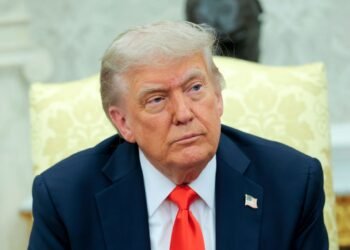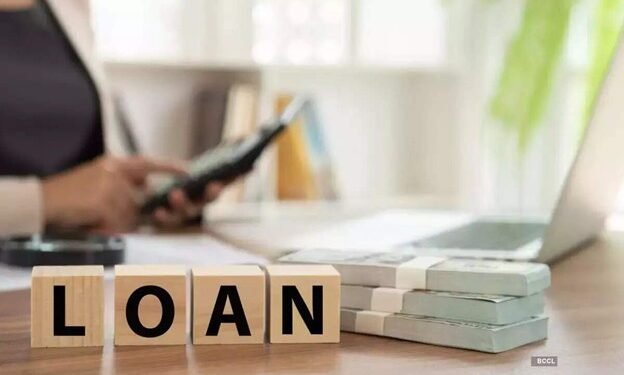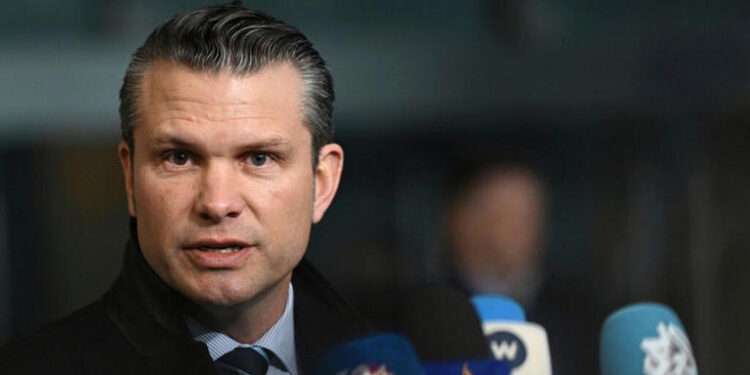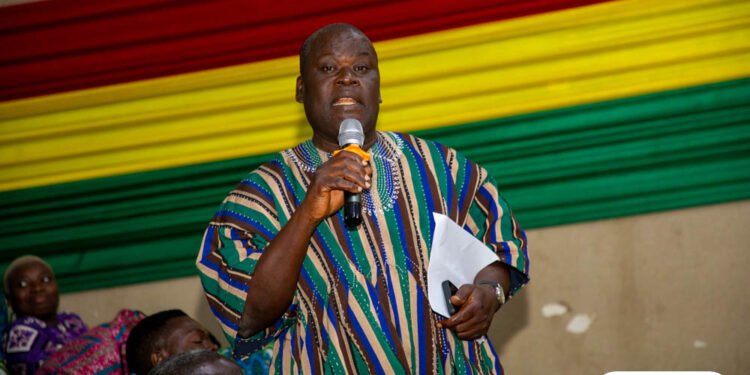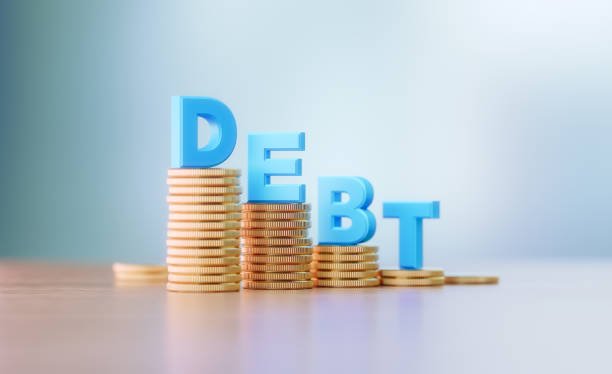Saudi Arabia has registered a budget surplus of nearly 78 billion riyals ($21 billion) in the second quarter of 2022, according to the finance ministry, almost 50% rise from a year earlier, bolstered by high oil prices.
Available data on the country’s budget shows that, revenue in the second quarter reached 370.37 billion riyals and expenditure was 292.46 billion riyals, the ministry said.
Monica Malik, chief economist at Abu Dhabi Commercial Bank, said:
“A widening in the fiscal surplus was expected in Q2 2022 with the higher oil price and production level. Government spending strengthened, though (it) still remains broadly in line with the budget plans.”
Monica Malik
Saudi Arabia has pledged to “decouple” state spending from oil price fluctuations. The country’s expected surplus for 2022- which would be its first in nearly a decade – will be held in the government’s current account until the government’s finance committee decides how to allocate it, likely early next year.
Finance Minister Mohammed al-Jadaan is cited to have said that the surplus could go towards the Public Investment Fund (PIF), Saudi Arabia’s $600 billion sovereign wealth fund, and the National Development Fund (NDF).
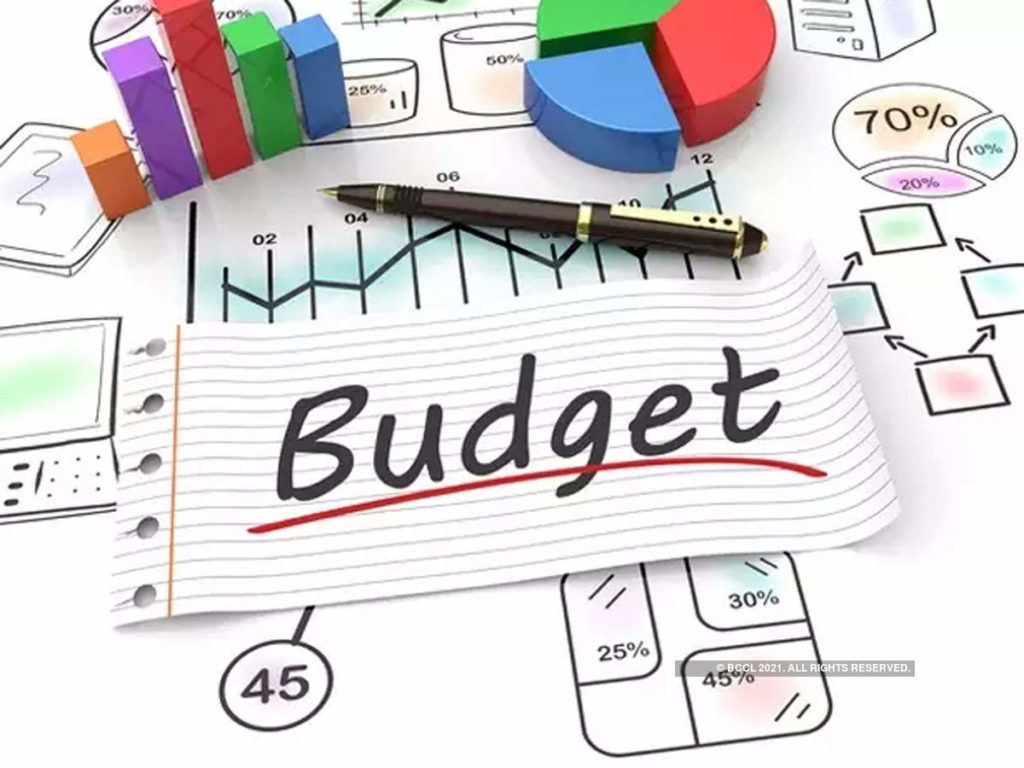
Surplus tot be Allocated to Foreign Reserves
According to reports, the excess may also go to foreign reserves at the central bank. As part of a fiscal sustainability policy, the kingdom is in the final stages of determining a floor and ceiling for reserves, as a percentage of GDP.
Oil revenue was 250.36 billion riyals, an 89 per cent surge compared with a year before, the ministry said. That was equivalent to just over two-thirds of total government revenue, while non-oil revenue was 120.00 billion riyals, a 3 per cent increase.
The Saudi kingdom posted a first-quarter surplus of more than $15.3 billion riyals. Spending in the first half of 2022 was up 10 per cent compared with the first half of last year, while revenue jumped 43%, the finance ministry said. At the end of June 2022, the government had reserves of 318.65 billion riyals and a current account surplus of 131.45 billion riyals.
Domestic debt rose to 604.76 billion riyals at the end of June from 558.75 at the end of 2021. External debt was down to 361.76 billion riyals from 379.26 billion riyals in the same period.
Recall that, in December 2021, the Kingdom said it expects to post its first budget surplus in nearly 10 years, as it planned to restrict public spending despite a surge in oil prices that helped to refill state coffers hammered by the coronavirus pandemic.
Last year, Saudi Arabia projected a fiscal deficit of 2.7 per cent of gross domestic product or GDP in 2022. Riyadh estimates it will achieve a surplus of 90 billion Saudi riyals ($23.99 billion), or 2.5 percent of GDP, this year – its first surplus since it went into a deficit after oil prices crashed in 2014. Based on the data, there are indications it may exceed prior expectations.
“The surpluses will be used to increase government reserves, to meet the coronavirus pandemic needs, strengthen the kingdom’s financial position, and raise its capabilities to face global shocks and crises,” said Crown Prince Mohammed bin Salman, last year.
READ ALSO: Healthy Life Expectancy Rises by Almost ten Years








